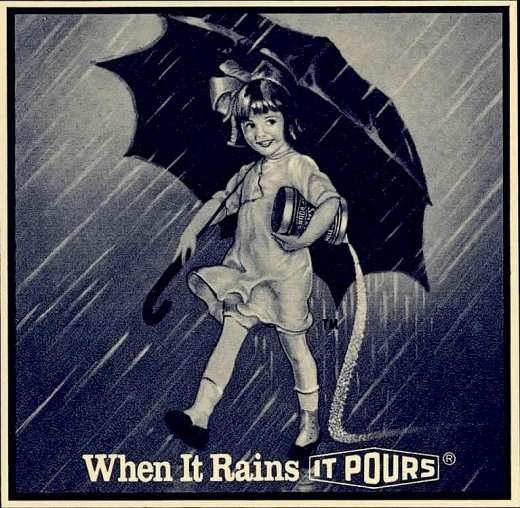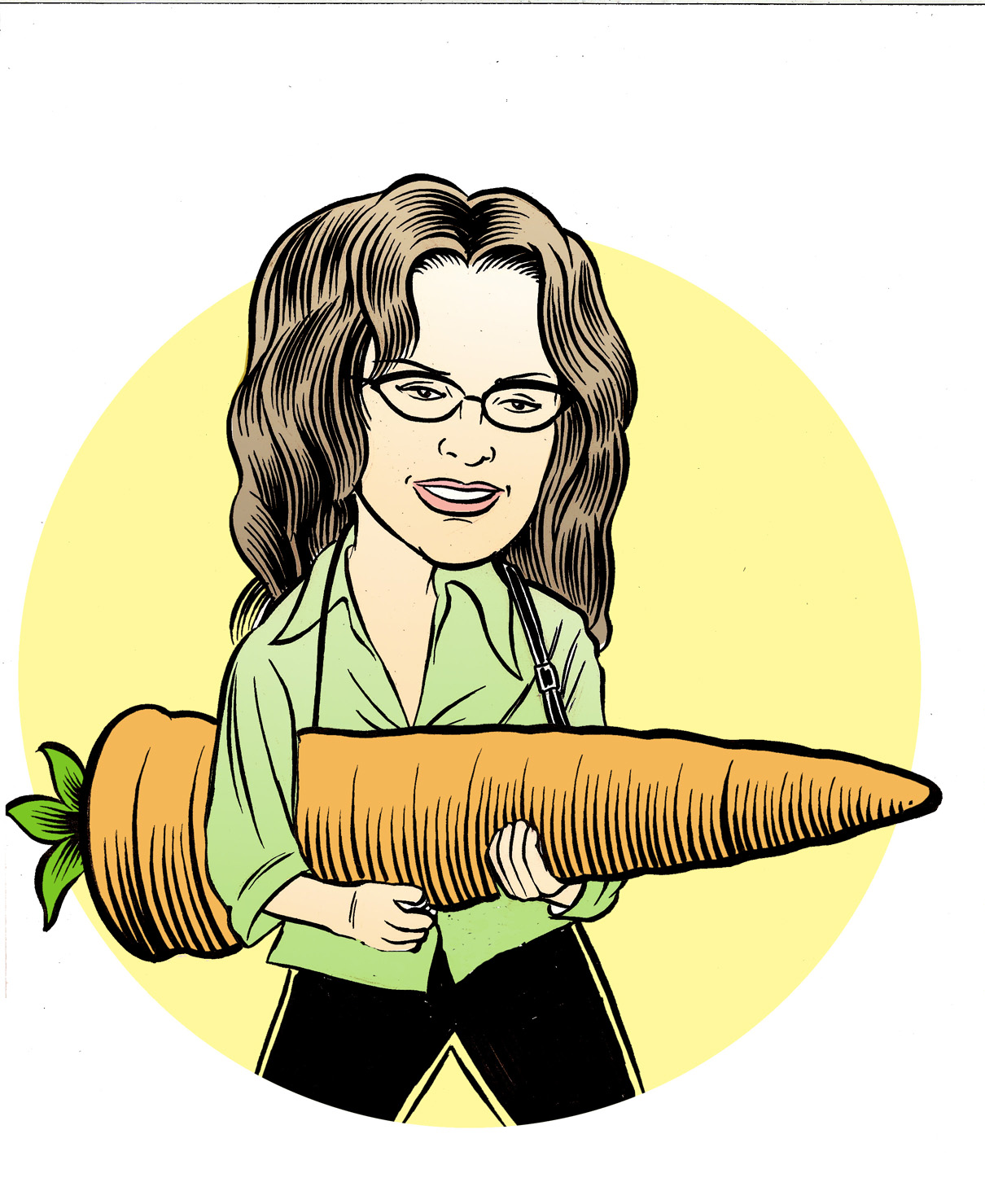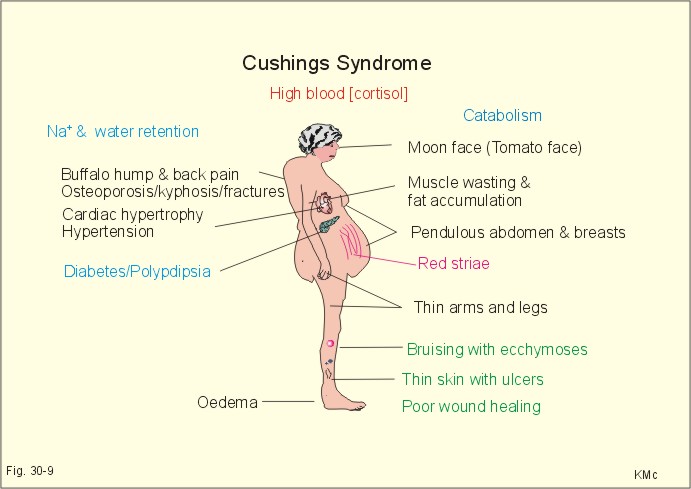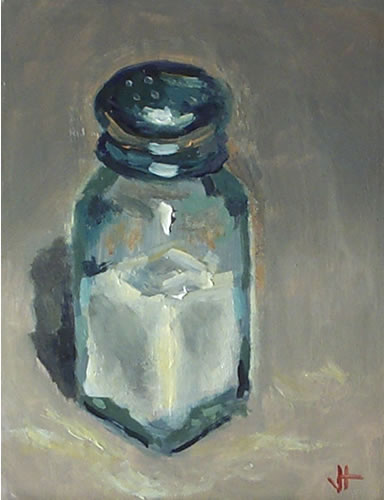
 BY ELIZABETH FIEND LIVING EDITOR Salt has long been on my hit list. I’ve said many times: “Salt — it’s the next transfat.” I’ve waited and waited for everyone else to catch on, and finally, the American Medical Association (AMA) has cornered the Food and Drug Administration to hold public hearings to determine if Americans are facing danger from an overload of sodium, and what to do about it if we are. Ah, my dream come true! Americans aren’t getting a little too much sodium, we’re eating two or three times the healthy amount. And excess of sodium kills. According to the AMA, too much sodium significantly increases the odds of developing heart disease, stroke and hypertension. They tally the number of premature deaths due to salt at 400 Americans a day!!! Yes, 400 people die each day, today and every day, just from eating too much salt! It’s ridiculous, and so totally unnecessary.
BY ELIZABETH FIEND LIVING EDITOR Salt has long been on my hit list. I’ve said many times: “Salt — it’s the next transfat.” I’ve waited and waited for everyone else to catch on, and finally, the American Medical Association (AMA) has cornered the Food and Drug Administration to hold public hearings to determine if Americans are facing danger from an overload of sodium, and what to do about it if we are. Ah, my dream come true! Americans aren’t getting a little too much sodium, we’re eating two or three times the healthy amount. And excess of sodium kills. According to the AMA, too much sodium significantly increases the odds of developing heart disease, stroke and hypertension. They tally the number of premature deaths due to salt at 400 Americans a day!!! Yes, 400 people die each day, today and every day, just from eating too much salt! It’s ridiculous, and so totally unnecessary.
Salt is a mineral our bodies don’t produce, so we do need to ingest some sodium — which is part of salt, the other part being chloride, hence salt’s chemical name of sodium chloride — to be healthy. Compared to other minerals, we need a lot of sodium and we must get all of it from food. Some foods naturally contain high levels of sodium, but the rest we take in is added to our foods, or we add it at the table.
A little salt is fine, even necessary for a healthy body. But food manufacturers, especially packaged and processed goods makers (like makers of soup, frozen dinners, snacks, canned vegetables, tomato sauce, deli items) have taken a short cut to flavor by doubling, tripling, even quadrupling the amount of salt needed in their products. About 77 percent of our daily intake of salt comes from processed or prepared foods.
Salt is everywhere, from soy milk and breakfast cereal. Raw meat is often pumped up, i.e. injected, with salt water before it reaches your store. Salt is even added to soft drinks to mask the flavor of chemical ingredients. Restaurant meals are also to blame for our overly salty fare. And this is increasingly important as more and more Americans eat out several times a week.

The Feds have set a guide line of 2,300 mg of sodium a day as a safe upper level. This is far too high! is too high! The National Academy of Sciences’ Institute of Medicine has said 1,500 mg a day is more like what you need to maintain a healthy balance of body fluid, which is salt’s job.
Sodium and chloride work outside our bodies cells, while the mineral potassium — the yin to sodium’s yang – works inside our cells. All three are electrolytes, meaning they actually make small electric charges that bring nutrients to our cells and flush waste out.
The kidneys step in and regulate our sodium and water levels. In a balanced diet, excess sodium is simply flushed out in urine and (in smaller amounts) in perspiration, tears and blood (should it come to that). But in today’s salty-foods-world, the unhealthy levels of sodium we ingest overload the system.
The kidneys can’t flush the sodium out, so it stays in our body, and we retain fluid. Our blood volume increases and next thing you know you’ve got high blood pressure, your heart has to work harder to move all the fluid through your body. This excess pressure on blood vessels weakens them, making them less flexible, and leading to what’s referred to as “hardening of the arteries.” When this happens, blood flow to our organs is slowed. This can lead to heart and kidney disease, and stroke.
All this because you had a jones for a bag of salt ‘n vinegar chips.
Salt is one of only five different flavor profiles our tongue recognizes. But unlike the other four — sour, bitter, sweet and umami (savory) — only sodium chloride tickles the salt taste bud. Its very uniqueness signifies its important to our health. But as with many things, modern conveniences, abundance of foods, this special built-in natural mechanism of favoring salty foods is not relevant to today’s eating habits. Instead it’s being used as an unhealthy trick by food makers who are abusing our own body’s natural preferences.

Salt itself is a trickster. Who knew a cup of low-fat milk has 110 mg of sodium? Foods with great levels of sodium don’t always taste salty.
Baked goods, where the salt is on the inside don’t taste salty even though a 4-inch oat bran bagel has 451 mg of sodium. And dry foods like potato chips will need more added salt to be perceived as salty as their cousin the French fry, which is moister.
When I cook for my family and develop recipes I always keep the sodium content in mind. But even with an eye on the nutrient labels, this can be tough. The problem is, you need raw materials to cook. Buy a can of what you assume are healthy kidney beans, it’s loaded with salt. What’s a person to do? It really pisses me off that when you actually find a can of no-salt-added beans, it costs more money than a can with salt! That’s nothing but bull sh*t.
And why is it that manufacturers like Kellogg’s are making lower sodium versions of their products, Special K cereal for instance, for sale in the United Kingdom, but we can’t buy them here?
cereal for instance, for sale in the United Kingdom, but we can’t buy them here?
We really need the federal government to step in and make it illegal to overload every single item on the grocery store shelf with salt.
The changes the AMA is urging the FDA to consider are: to better inform the public about the dangers of salt with improved product labeling; incentives for manufacturers to reduce the amount of salt in their products; and most importantly to revoke the “generally recognized as safe” status of salt. The goal is to reduce by 50 percent, over 10 years, the amount of sodium in fast food, processed food and restaurant meals.
If you’re crying “my food won’t taste good,” STOP. There’s scientific proof about that too. It only takes 8 to 12 weeks of slowly decreasing salt intake to gain an acceptance for less salty foods. And soon, you’ll not just accept, but prefer.
Some forward-looking manufacturers have been already begun reducing the salt in their products. And you haven’t even noticed! One company, ConAgra, has been secretly lowering the sodium in its product line, which includes Chef Boyardee, Banquet and Marie Callender’s for the past four years and there have been no customer complaints.
But other foods, like sliced cheese and frozen pizza, have been getting saltier — as much as 35 percent saltier since 2004. Shame on you, pizza makers!
Sources and For More Information:
http://www.ific.org/publications/reviews/sodiumir.cfm?renderforprint=1
http://www.reuters.com/article/pressRelease/idUS03455+29-Nov-2007+PRN20071129
http://www.foxnews.com/wires/2007Nov20/0,4670,HealthBeatTooMuchSalt,00.html
http://www.mayoclinic.com/health/sodium/NU00284
ABOUT THIS COLUMN: At no time in recorded history have we possessed so much knowledge about health and nutrition, or had such vast and effective means for disseminating that knowledge. Yet for all that, we essentially live in a high-tech Dark Age, with most of the global population ignorant or confused about the basic facts of their own biology. How did this happen? Well, that alone is a whole six-part miniseries, and this ain’t the Discovery Channel. Suffice to say that the bottom line of many a multi-national corporation depends on that ignorance, and vast sums of money are expended to keep us fat, dumb and happy. But mostly fat. There was a time when newspapers saw it as their duty to truth squad the debates over health, science and the environment, but that’s a luxury most papers can no longer afford — not when there are gossip columnists to be hired! To fill this crucial gap, Phawker publishes the JUNK SCIENCE column by Elizabeth Fiend, beloved host of the BiG TeA PaRtY. Every week, Miss Fiend connects the dots to reveal a constellation of scientific facts that have been hiding in plain sight, scattered across the cold, vast reaches of the Internet. With a background in punk rock and underground comics, and a long career as a library researcher, Miss Fiend doesn’t pretend to be a scientist or an expert. She does, however, know how scientific facts become diluted by corporate-sponsored non-facts, and every week she separates the smoke from the mirrors. Why? Because she loves you.
